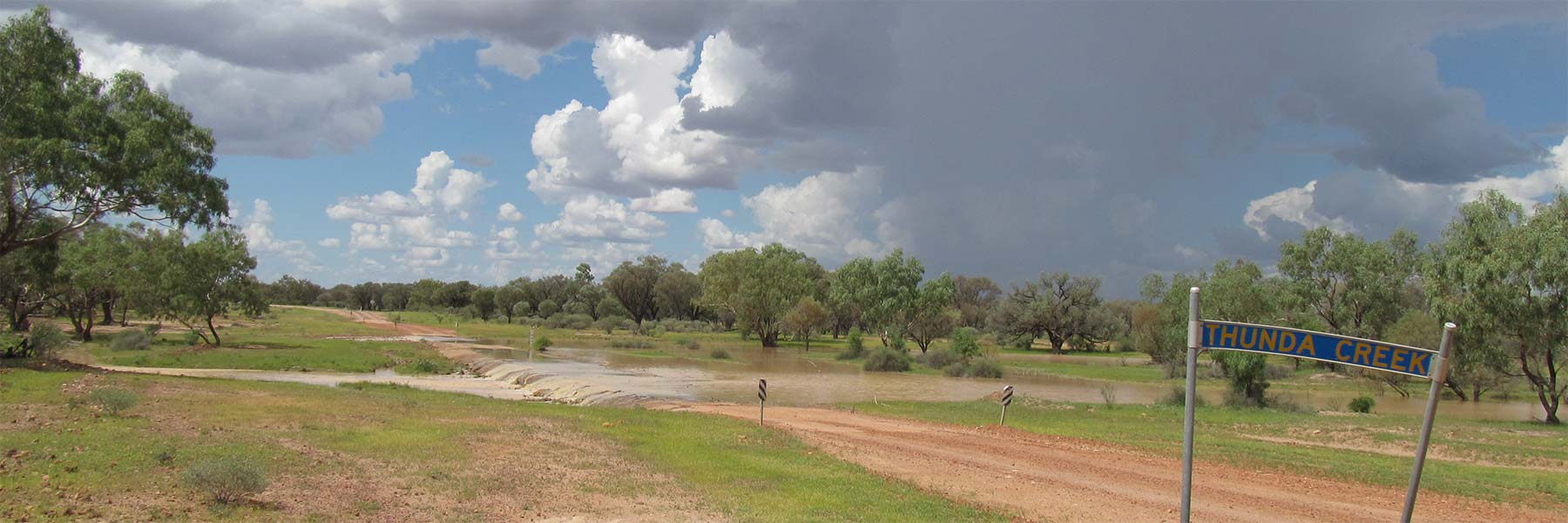
Origins
There is not a lot of informative material for the general reader wanting to learn about managing the bush. I decided to write some short articles for the grey nomads and others who roam the inland. But my conversations with rangers, graziers and others ran wider and deeper than anticipated. So my traveller’s tales morphed into a more ambitious project.
Design
Scaling up from stories to big picture analysis presented major challenges. Should I seek external assistance? Could that be done without compromising my work? Could I prevent head-office gatekeepers from constraining my enquiries and censoring my conclusions? Probably not. So I decided to proceed on a shoestring.
Dealing directly with rangers, graziers and others worked well. The folk I interviewed were pleased to talk at length on the issue which is front of mind for them: how to best manage the bush. But my visits to national parks in Victoria and Queensland uncovered issues of governance and management which were so sensitive that I felt compelled to abort further enquiries into the parks system.
Project design
Other issues were more technical:
- Where does the bush begin and end? My bush is bounded in the south and east by the Great Dividing Range; in the north by the Tropic of Capricorn and in the west by state borders which skirt the arid lands of the interior.
- How to ‘cover ‘ performance in conserving biodiversity: I visit a selection of national parks, conservancies and ‘on farm’ conservation projects.
- How to ‘cover’ land degradation: I focus on the brigalow, mulga and channel country of the subtropics.
- How to select cases for interview? I relied on chance referrals and cold calls to assemble a panel for my enquiries.
Structure
The first part of Bushcare looks at measures for conserving biodiversity. The contributions of national parks, conservancies and ‘on-farm’ conservation activities are assessed in three cycles of case studies. These findings are combined with national data on the conservation status of threatened species to audit our overall performance in conserving biodiversity.
The process is repeated to assess the effectiveness of best practice in managing brigalow, mulga and channel country for sustainability outcomes. Case study findings are combined with material on trends in land use and ownership in the ‘modern outback’ to audit our performance in managing our land resources.
For a narrative within which to locate their stories I go to the historians for a timeline on development of the pastoral industry and to contemporary commentators for an account of our environmental awakening.
For an framework within which to tease out the wider significance of their stories I go to the fields of policy analysis and environmental politics.
Logistics
My ‘hearings’ were conducted on-site not in some metropolitan meeting room. So I was away in the field for long periods. I must have travelled at least 25,000 kms. My first trip was to the brigalow belt in 2013. I made extended trips to northern Victoria and the southern tablelands of NSW in 2013, to mulga country in 2013 and 2014. My last trip was across channel country to the Simpsons Desert in 2015.
Findings and recommendations
Our performance as custodians of the bush earns us a conditional pass on sustainability but a fail on conservation. I put our poor performance down to a flaw in the way we do environmental policy. So my remedies are institutional. We should reform our institutions. We should reconfigure the community sector. We should reimagine the bush. My conclusions are consolidated in a Charter for putting thing right in the bush.
Getting published
The book market wants fiction; publishers prefer established authors; publicists want fat budgets. My project strikes out on all counts so I have had to find a way through the world of independent publishing.
Thankfully these trials are now pretty much over. With your support, I might break even on this project—and defer at least one extinction event.
